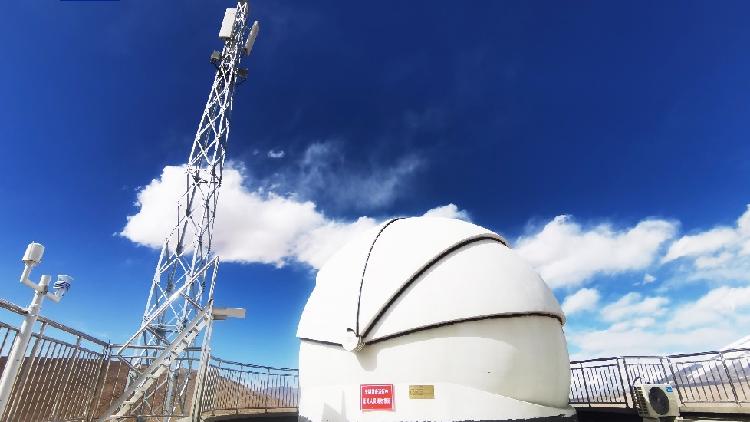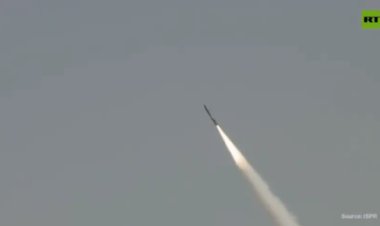China constructs facility for laser communication between satellite and ground
On Sunday, a laser communication ground system featuring a 500mm-caliber antenna was successfully deployed on the Pamir Plateau, located in northwest China's Xinjiang Uygur Autonomous Region.

Created by the Aerospace Information Research Institute under the Chinese Academy of Sciences, this system signifies a move away from the exclusive use of microwave ground stations for the reception of satellite data. It is anticipated to dramatically boost China’s capability in handling large-scale satellite data transmission.
China’s burgeoning aerospace sector has led to an exponential increase in the amount of data collected by satellites. This increase has revealed limitations in current transmission capacities, which poses a significant bottleneck to the optimal use of the nation’s space assets, explained Li Yalin, a senior engineer at AIR.
He further detailed that satellite-to-ground laser communications offer much larger bandwidth—up to nearly 1,000 times that of traditional microwave methods—and have the advantage of using lighter equipment with smaller system sizes and reduced power needs. "It can address the growing demand for efficient and reliable transmission of information gathered by satellites," Li added.
However, challenges such as weather conditions and atmospheric turbulence can impact the effectiveness of laser communications. Therefore, site selection is crucial to lessen these environmental effects.
According to Wang Jianping, a senior engineer at AIR and the head of the remote-sensing satellite ground station in Kashgar, the atmospheric conditions around the Mount Muztagata area on the Pamir Plateau are ideal due to its high visibility and dry climate, which supports year-round communication operations.
Facilities for the project have been constructed at altitudes of 4,800 meters and 3,300 meters, and operations will be managed remotely. "Our team traveled about 300,000 kilometers on the Pamir Plateau to select the site of the station, and we faced tremendous difficulties," Wang reported.
Recently, the team accomplished the first successful daytime operational trial of the space-ground laser communications.
Huang Peng, a researcher at AIR and the director of China's Remote Sensing Satellite Ground Station, commented on the operational success, noting that "the normalized operation of the newly built station will provide valuable engineering experience in satellite-ground laser communications, laying a solid foundation for planning China's next-generation massive satellite data transmission system."
Huang also shared that AIR is investigating the possibility of establishing a network of laser communication ground stations to address adverse weather impacts and boost the system's reliability.
Jessica Kline for TROIB News
Discover more Science and Technology news updates in TROIB Sci-Tech












